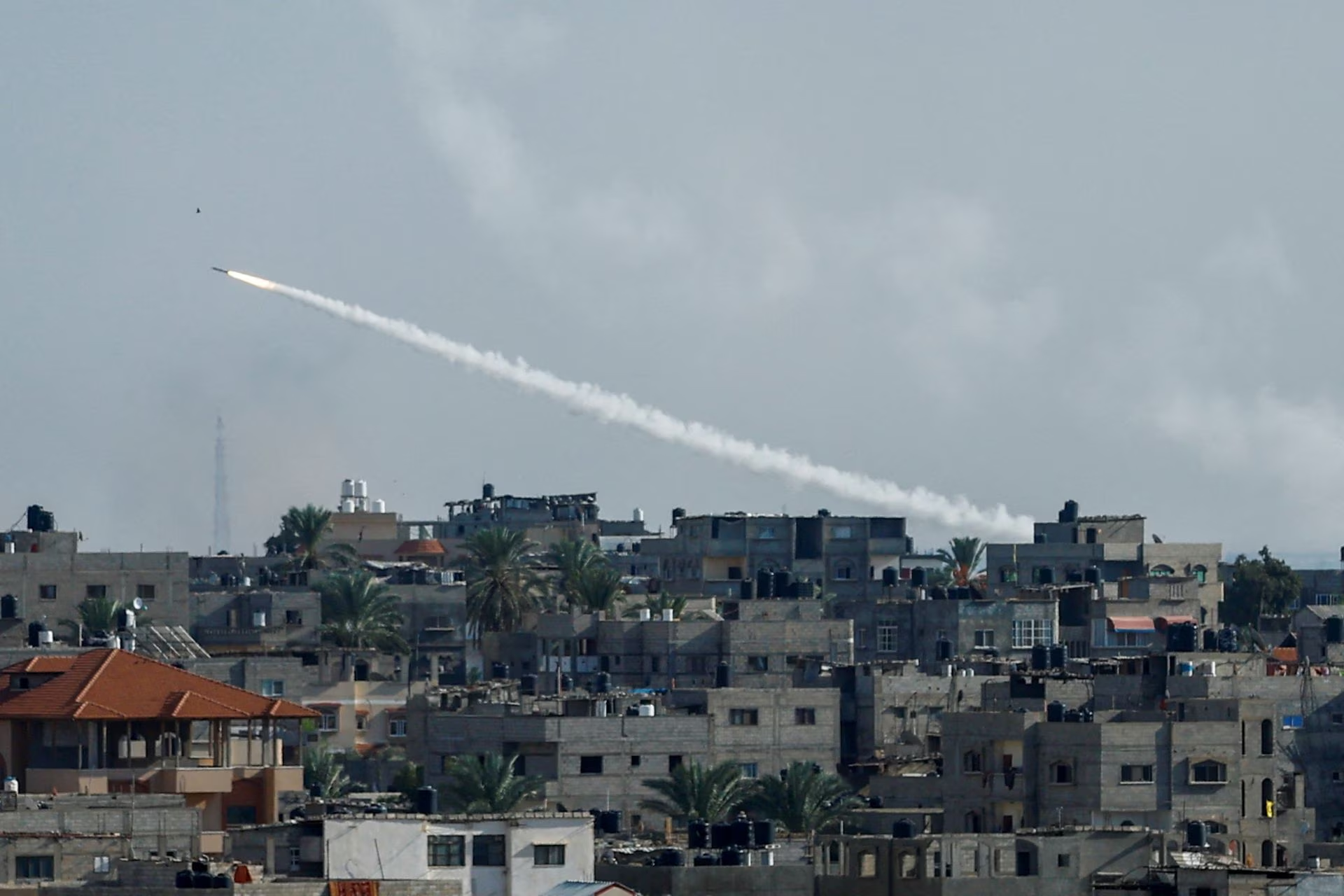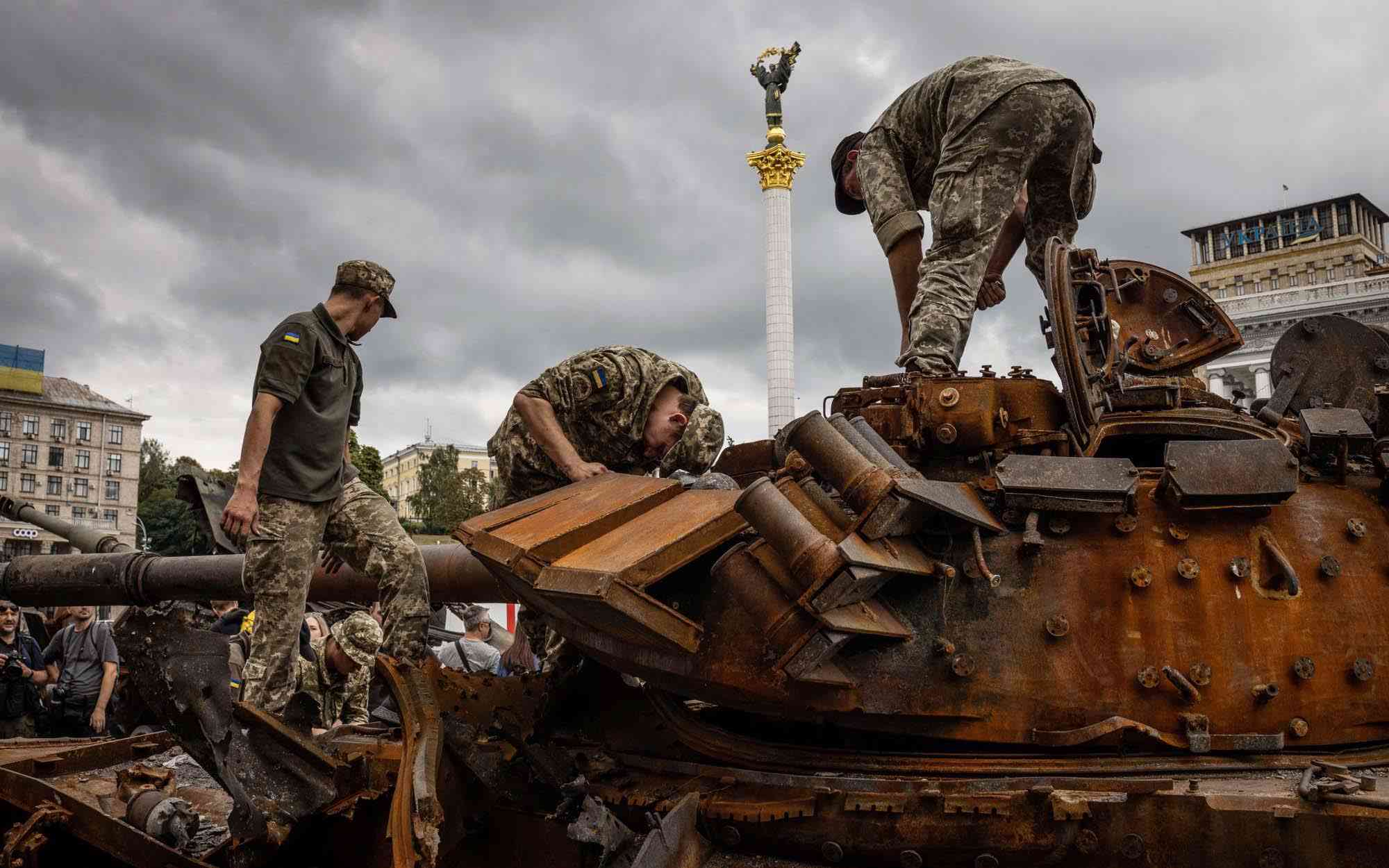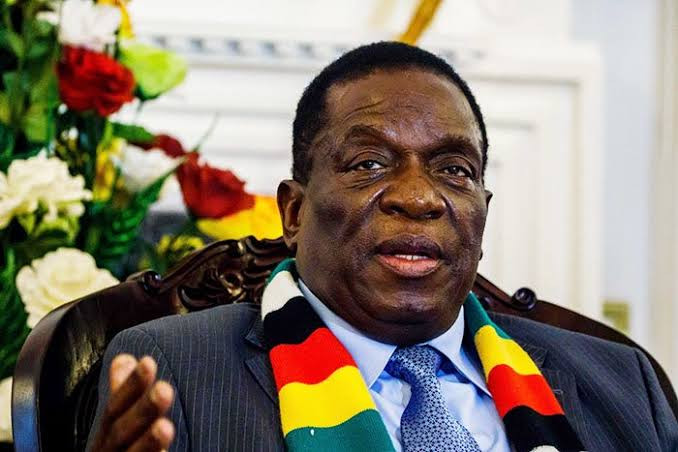
The Israeli authorities seem to have been caught off-guard by Hamas’s Operation Al-Aqsa Flood on Saturday. Besides launching rocket fire, the Palestinian faction also sent its fighters from the Gaza Strip into southern Israel, where they attacked military targets, briefly took control of some Israeli settlements and took dozens of civilians and soldiers hostage.
Some have called Hamas’s attack a “colossal failure” of the Israeli military and intelligence apparatus. Others, mostly diplomats and political leaders from the West and beyond, have labeled it an “unprovoked” “terrorist” act while insisting that Israel has the “right to defend itself”.
But nothing about this operation is surprising or unprovoked. Neither is it just the result of gaps in Israeli security measures. It is a response that is to be expected from the Palestinian people, who have faced Israeli settler colonial rule and occupation for decades.
International law prohibits states from “any military occupation, however temporary”. United Nations General Assembly Resolution 37/43 also reaffirms that people struggling for independence and liberation from colonial rule have the right to do so using “all available means, including armed struggle”. In other words, Operation Al-Aqsa Flood is part of the armed Palestinian struggle provoked by the Israeli occupation and colonialism.
It is also not surprising that the Palestinian armed factions rely on asymmetric tactics and stealth. That is because they are up against one of the most sophisticated and well-funded armed forces in the world.
That the operation was launched from Gaza is also not surprising. The late Palestinian-American scholar Edward Said once called Gaza the “essential core” of the Palestinian struggle. It is an impoverished, congested place inhabited largely by Palestinian refugees expelled from their homes during the Nakba of 1948. It previously gave birth to the first Intifada and has been hosting the bulk of the Palestinian armed resistance over the past few decades.
Gaza has also been under debilitating siege for 16 years, which has taken a heavy toll on its people but has failed to destroy their will to resist. The blockade was imposed after Hamas won the Palestinian Legislative Council elections in 2006, but its Palestinian rival, Fatah, along with Israel and its backers conspired to prevent it from taking power.
After several months of fighting, Hamas was able to take full control of Gaza in June 2007, for which Israel and its partners decided to collectively punish the Palestinians living there.
- There is nothing surprising about Hamas’s operation
- World View: Israel-Gaza: Better call Cicero
- Zim: A bottled up nation
- Gaza deaths: Who cares?
Keep Reading
For more than 16 years, the residents of Gaza have had no freedom of movement. They can leave through the Israeli-controlled checkpoints if they have an Israeli work permit or in rare cases if they have been given special permissions by Israel to receive medical treatment in the occupied West Bank for life-threatening conditions. To leave for any other part of the world, they must have a valid visa, which is difficult to obtain by stateless people, and then navigate the Egyptian authorities’ arbitrary decisions to close the Rafah border crossing and deny entry to Palestinians.
The blockade has brought the economy of Gaza nearly to a standstill. Today close to half the population is unemployed. Among the young, the unemployment rate is more than 60 percent. The food supply is also limited by the siege. From 2007 to 2010, Israeli authorities kept a calorie count of Palestinians’ nutritional needs to narrowly avoid malnutrition while restricting access to food for the people in Gaza.
Today, according to the World Food Programme, a significant portion of the population is food insecure. In 2022, 1.84 million people across Palestine – one-third of the population – did not have enough food to eat. Among these people, 1.1 million were considered “severely food insecure”, 90 percent of whom lived in Gaza.
The strip also suffers from an energy crisis. The Israeli ban on the entry of fuel into Gaza means that electricity production is severely limited. In 2023, Gaza has had only 13 hours of electricity a day. In 2017 and 2018, this was down to seven hours a day.
This has in turned caused severe problems with water provision and sanitation. The constant blackouts have prevented water treatment plants from functioning properly. As a result, untreated sewage simply flows into the Mediterranean Sea.
Gaza’s aquifers, the main source of its water, are also nearly depleted and contaminated by sea- and wastewater. A significant portion of all reported diseases in Gaza is caused by poor access to safe water.
The blockade has also taken a toll on the strip’s medical facilities. Hospitals lack basic supplies, equipment and infrastructure and are unable to handle severe cases or provide proper care for the chronically ill.
Then there are the routine Israeli military campaigns. Israel justifies its onslaughts on the enclave by claiming they are in pursuit of Palestinian fighters. Yet it systematically targets civilians and non-military civilian infrastructure like residential buildings, hospitals, schools, water treatment plants, etc., making life in Gaza all the more unbearable.
The psychological impact of all of this cannot be understated, especially among the young, who feel a heightened sense of hopelessness and mental distress. As a Palestinian youth in Gaza told me during an interview in 2013: “Every day here is a struggle to stop yourself from losing your mind. You will notice that the youth in Gaza often go to university and then on the side they do internships, volunteer or set up organizations. All this is done to remain occupied mentally and delay the inevitable point when you lose it.”
But all these years of tragedy and suffering have not killed the Palestinian spirit of resistance.
The formal justification for the operation Hamas gave was the desecration by Israelis of Al-Aqsa Mosque, Islam’s third holiest site, and increased settler violence against the Palestinians. But considering how well-planned it looks, it is likely that Operation Al-Aqsa Flood has been in the works from before the recent events in Jerusalem and the West Bank.
In fact, what appears to be the largest military response by Palestinians in decades was an inevitable development, an act of resistance and a reaction to the suffering of the people of Gaza under a brutal blockade and occupation. It is part of the Palestinian struggle for freedom, and it solidifies Gaza’s place at the heart of it.
- Somdeep Sen is an Associate Professor of International Development Studies at Roskilde University







